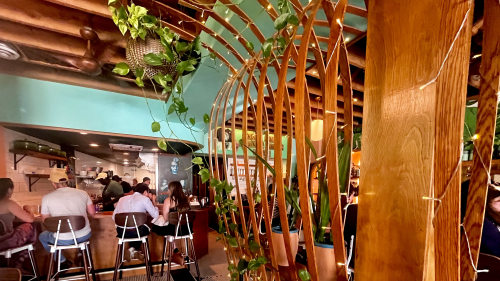Wisconsin Historical Markers serve as commemorations of noteworthy events, buildings, or sites that add to the historical legacy of our state.
There are over 580 historical markers in Wisconsin, here are a few you can find around the 608:
Camp Randall | 1430 Monroe St.
During the Civil War, land once used as State Fairgrounds was repurposed as a military training camp. It served as a crucial location for the state during the war, accommodating a hospital and a stockade for Confederate POWs. In 1893, the state purchased the land and transferred ownership to the University of Wisconsin.
North Hall | 1050 Bascom Mall
Originally called North Dormitory, UW-Madison’s first building was built in 1851. Today, the university’s Political Science Department uses this building for classes.
Yahara River Parkway | 101 N. Thornton Ave.
John M. Olin — President of the Madison Park and Pleasure Drive Association at the time — raised funds and secured land for this project. Landscape architect Ossian Cole Simonds designed the parkway with native plants, bridges, and a lock for boat passage. Completed in 1906, it’s still a favorite scenic recreational area of locals today.
Peck Cabin | 125 S. Webster St.
In 1837, local entrepreneurs Ebenezer and Roseline Peck constructed the city’s first residence/business/post office. The public house offered food + lodging to visitors. This was also the venue for the capitol cornerstone-laying celebration in July of 1837. The cabin was demolished in 1857.
Royal Airport/Charles Lindbergh | 2455 W. Broadway, Monona
Royal Airport — From 1926 to 1938, this converted farmland served as a local aviation hub — Think: landing field, hangars, flying schools, stunt shows. The first passenger service to Chicago, and the first airmail service were both executed from here.
Charles Lindbergh — Royal Airport welcomed Charles Lindbergh and the “Spirit of St. Louis” a few months after his historic trans-Atlantic solo flight in 1927. Lindbergh strongly advocated the commercial development of aviation in Madison.











